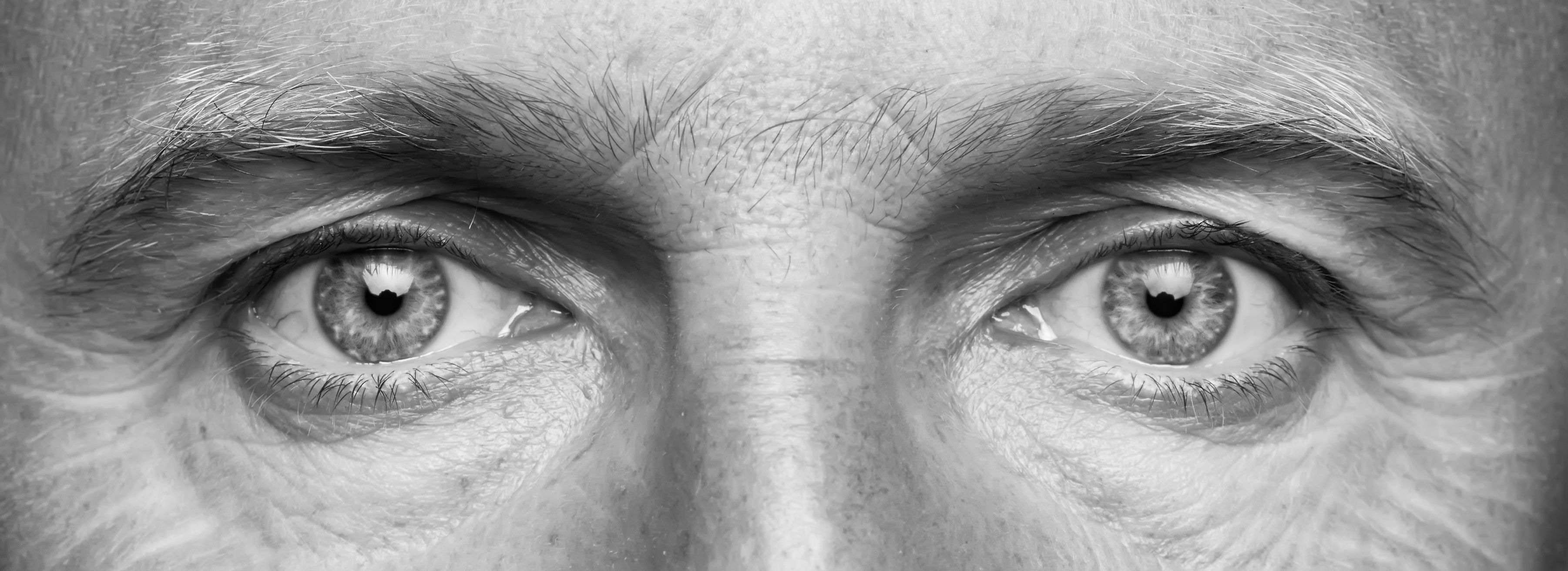News
Article
Double-Dose Aflibercept Relieved Treatment Burden, Displayed Anatomic Gains Compared With Regular Dose
Author(s):
An aflibercept dose of 4 mg for macular degeneration was found to reduce both central macular thickness and pigmental epithelium detachment for a longer duration compared with the 2 mg dose.
Doubling the dose of aflibercept to treat neovascular age-related macular degeneration (nAMD) was found to have more benefits in patients when compared with a dose of aflibercept 2 mg, according to a study published in BMC Ophthalmology.1 This included lower incidence of intraretinal fluid (IRF) and reduction of central macular thickness (CMT).
nAMD is the leading cause of irreversible visual loss in older people in the Western world, specifically in patients older than 50 years.2 It can be treated with intravitreal vascular endothelial growth factor (VEGF) injections. However, there is a subpopulation of people who are resistant to such treatment, referred to as resistant macular neovascularization (MNV). Giving patients a higher dose has been a method for treating these patients. Although aflibercept has been given at a higher dose, the efficacy of doing so is less studied. This study aimed to compare the double dose of aflibercept in patients with nAMD with the regular dose of 2 mg in a real-world population.1
The main variables evaluated included CMT and pigmental epithelium detachment (PED) height. Resolution of IRF and subretinal fluid (SRF) were also assessed in this study, which included patients with MNV that was associated with nAMD. All patients had typical nAMD or PCV and received a dose of aflibercept between July 23, 2018, and January 12, 2022. Only type 1 and 2 MNV cases were included.
Eyes of older man | Image credit: alekleks - stock.adobe.com

Patients were included if they were 50 years or older, had no intravitreal injections or anti-VEGF agents for at least 3 months before baseline, had a Log-MAR of 2 or less at baseline visual acuity measurement, had active baseline MNV lesions, had a baseline intraocular pressure (IOP) of 20 mm Hg or less, and had follow-up data for at least a year. Patients who had a baseline subretinal fibrosis in their eye were not included. Patients who had a history of vitrectomy surgery, had macular edema that was not caused by nAMD, had previous intravitreal drug delivery not related to anti-VEGF, had a massive subretinal hemorrhage, had a history of glaucoma, or had macular neovascularization that was not caused by nAMD were excluded from the study.
Patients could receive either 2-mg treatment or 4-mg treatment. All patients who had not received treatment before received 3 loading injections first and then a monthly injection. PRN regimens were given to those who had disease activity thereafter and for patients who were previously treated. If PED was stable, a visit for an injection could be skipped but visits were resumed if height reduction in PED was found after the previous injection. Active lesions were defined as the patient having macular exudation.
Patients had their medical history collected, including their IRF, SRF, CMT, and PED height at baseline and at each visit along with the number of injections of aflibercept.
There were 35 eyes from 34 patients included in this study who were receiving aflibercept 2 mg; 73 eyes from 63 patients were receiving aflibercept 4 mg. Baseline PED height was thinner in the 4-mg group compared with the 2-mg group (mean [SD], 264.260 [180.315] μm vs 364.000 [215.861] μm). However, those with the 4-mg dose had more cases of receiving anti-VEGF injections prior to the study (64.384% vs 37.143%) compared with the 2-mg group.
Lower IRF incidence (adjusted OR [aOR], 0.433; 95% CI, 0.183-1.022) and higher SRF incidence (aOR, 1.539; 95% CI, 0.755-3.139) were seen in the 4-mg group, although these were not statistically significant. CMT and PED height were both reduced when using either 2-mg or 4-mg treatment. Changes in both CMT and PED height were reduced in the 2-mg group by 9 months. The 4-mg group had their changes in PED and CMT decrease steadily into the 10th month for PED height reduction and through at least 12 months for CMT decrease.
CMT reduction qas higher in the 4-mg group (regression coefficient, –25.242 μm; 95% CI, –90.024 μm to 39.539 μm); the 4-mg group also had less PED height reduction (regression coefficient, 61.726 μm; 95% CI, –2.308 μm to 125.761 μm). The 4-mg group had worse visual acuity compared with the 2-mg group after the eighth month (aOR, –0.133; 95% CI, –0.227 to –0.039). The median remission interval was 5 months in the 4-mg group (95% CI, 2.962-7.038) compared with 3 months in the 2-mg group (95% CI, 1.154-4.846). The 2-mg group needed more injections compared with the 4-mg group (mean [SD], 4.286 [2.334] vs 3.644 [1.670]).
There were some limitations to this study. The study could have been subject to selection bias due to its retrospective nature, short follow-up, and participant recruitment only from the Chinese population. Future studies should focus on longer follow-up in an ethnically diverse cohort.
Anatomic gains, including reduction in CMT, and relieving treatment burden by requiring fewer injections were observed as advantages of using 4-mg treatment for aflibercept, despite the regression of visual acuity.
References
- Zhang M, Liu X, Gong Y, et al. Double-dose investigation of aflibercept in neovascular age-related macular degeneration (DIANA): a real-world study. BMC Ophthalmol. 2024;24:215. doi:10.1186/s12886-024-03476-9
- Harvey PT. Common eye diseases of elderly people: identifying and treating causes of vision loss. Gerontology. 2003;49(1):1-11. doi:10.1159/000066507




